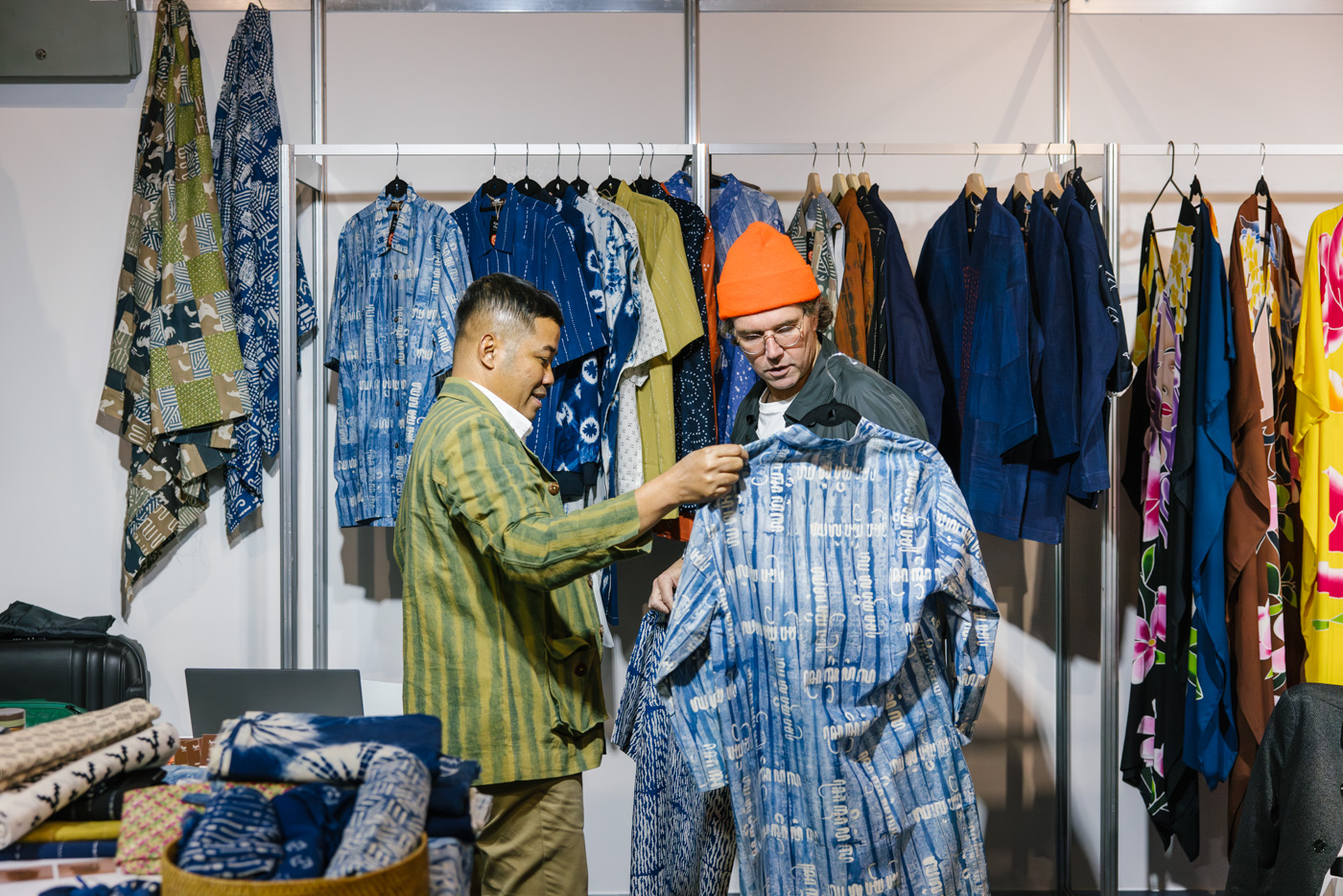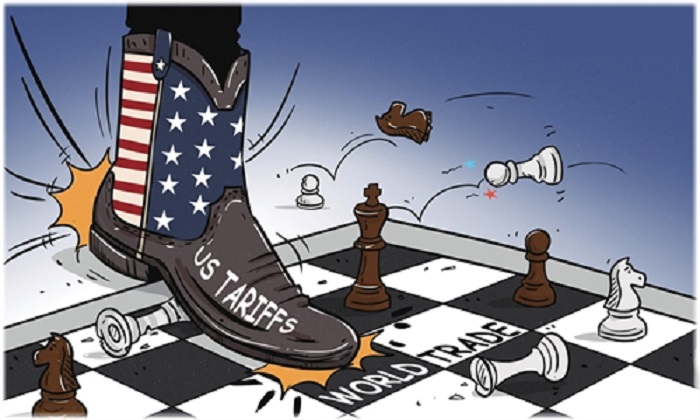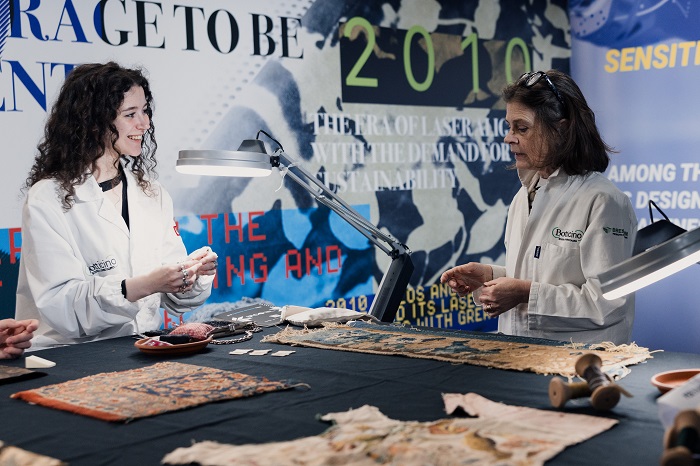Valued at $10 billion in 2024, the global spandex market is projected to grow to $21.9 billion by 2034, expanding at a compound annual growth rate (CAGR) of 8.1 per cent over the decade. As per a report by FactMR, this growth will bedriven by the increasing use of spandex in various industries, including medical textiles, where it is utilised in compression garments such as bandages, surgical hoses, and support garments. Spandex’s lightweight and flexible properties make it ideal for sportswear and activewear, like swimsuits and workout clothing.
Additionally, spandex is widely used in socks to improve fit and elasticity, as well as in incontinence products and diapers. The demand for diapers is expected to rise significantly, particularly in countries such as China and India, which will contribute to market growth. In 2024, the spandex market in the US is expected to reach $1.2 billion, while the value of Japan’s spandex market is projected to rise to $600 million during the year. China will hold a 53.4 per cent sharein the East Asia Spandex market that is projected to grow at a CAGR of 8.5 per cent through 2034.
Essential in sports clothing due to its ability to enhance comfort and prevent injuries caused by excessive fabric stretching, spandex was traditionally produced using petroleum-based raw materials like Polytetramethylene Ether Glycol (PTMEG) and Diphenylmethanediisocyanate (MDI). However, with growing sustainability concerns, manufacturers are shifting toward producing bio-based and eco-friendly spandex. In April 2024, the world’s largest spandex manufacturer, Hyosung announced the development of a $1 billion facility in Vietnam that will use Genomatica’s fermentation technology to convert sugar into 1,4-butanediol (BDO), a spandex precursor traditionally derived from coal or natural gas. By 2026, Hyosung plans to produce 50,000 metric tons of bio-based BDO annually, increasing to 200,000 metric tons by 2035.
This shift reflects the spandex industry’s increasing commitment to sustainability, as it reduces reliance on petroleum and coal, with many Chinese BDO plants still using coal as a primary raw material.












